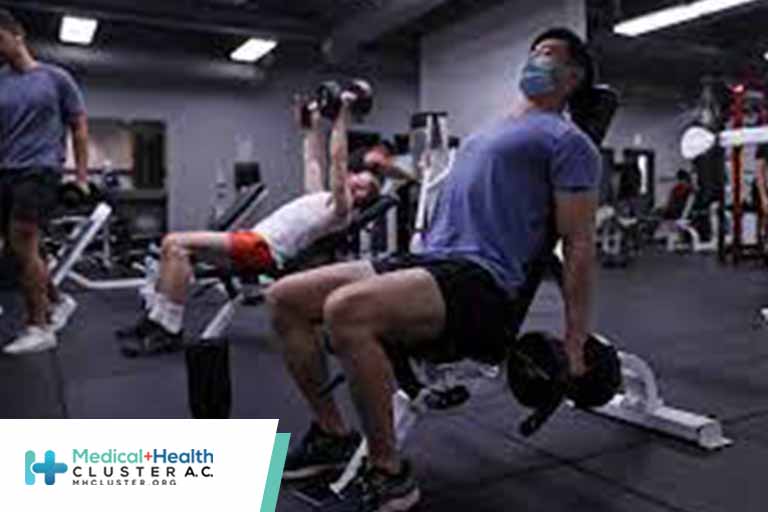En respuesta al anuncio del alcalde Ismael Burgueño Ruiz sobre...
Leer más
Study Explores Why Gyms Can Be COVID Hotspots

A small study conducted in Germany takes a step toward quantifying the COVID risk of gyms and fitness clubs.
Scientists have known since early in the pandemic that COVID is usually spread in the air by aerosol particles expelled by infected people, and the harder people breathe — as when they exercise — the more particles they expel. But how much more?
The study published in the Proceedings of the National Academy of Sciences found that people who exercise strenuously expel 132 times more aerosol particles per minute than people at rest.
For the study, 16 participants on stationary bikes breathed clean air through a silicone face mask and exhaled into a plastic bag, thus eliminating sources of contamination, Christian Kähler, a professor at the Institute of Fluid Mechanics and Aerodynamics at Universität der Bundeswehr München and a co-author of the study, told Time. Their aerosol particle production was measured while at rest and while exerting themselves.
Participants breathed out about 580 particles per minute at rest and 76,200 particles per minute while strenuously exercising, the study found. People with higher levels of fitness and more experience in endurance training breathed out 85% more aerosols than people without such training.
“This information should be used to develop more data-based mitigation measures for indoor group exercise,” the study authors said.
They recommended increased ventilation for exercise rooms, keeping safe distances between exercisers, and limiting time spent in exercise rooms.
Further, they recommend 15-minute airing breaks between classes, pre-exercise infection testing of participants, safety shields between exercisers, air filters, and mask-wearing during workouts.
“These data not only explain SARS-CoV-2 transmissions during indoor group exercise but also can be used to design better targeted mitigation measures for physical activity indoors such as physical education in school, dance events during weddings, or high-intensity gym classes such as spinning,” the study says.
The researchers said their study had several limitations. Only 16 people participated and none of them had COVID, so the actual spread of COVID aerosol particles was not quantified.
https://www.medscape.com/viewarticle/974656?src=soc_fb_220529_mscpedt_news_mdscp_gym&faf=1
Créditos: Comité científico Covid




